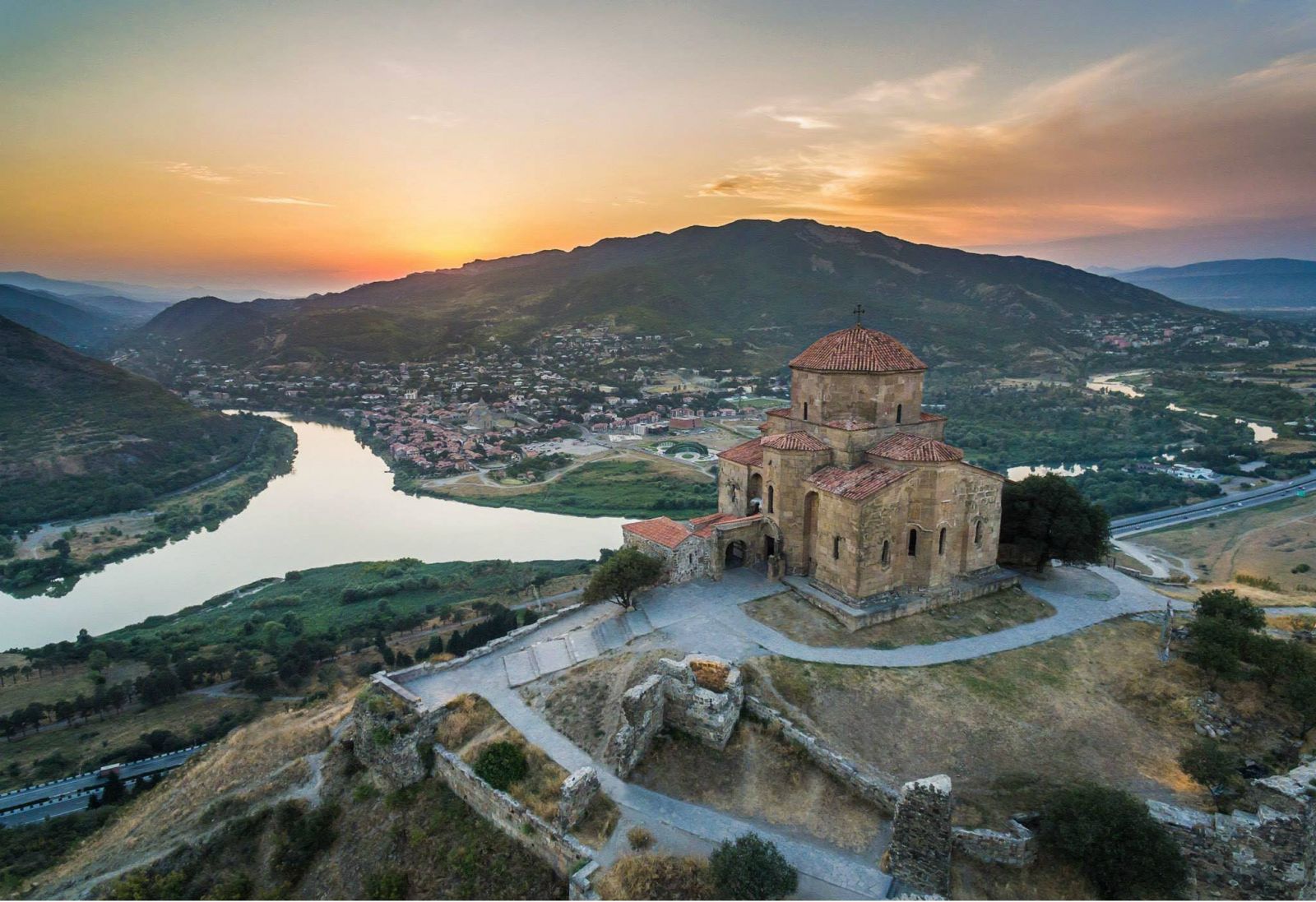Loading...
Гелати От монастырского комплекса сохранились кафоликон (XII в.), церкви вмч. Георгия и свт. Николая (обе XIII в.), здание Академии, трапезная, колокольня. Кафоликон, посвященный Богоматери, построен в 1106-1130 гг. Стенам этой обители выпала честь принять и благоговейно сохранять останки величайшего грузинского правителя-христианина, умного, образованного и при жизни не расстававшегося с Евангелием.Он представляет собой хорошо сохранившийся комплекс богатый мозаиками и фресками. На стенах роспись XII и XVI вв. В конхе апсиды мозаика XII в. — Богоматерь с Младенцем между двумя Архангелами. Фрески и мозаики в Грузии отличаются от привычных византийских огромными размерами и иными типами ликов. На протяжении многих лет Гелатский монастырь был культурным и просветительским центром Грузии и имел свою собственную академию. В этой академии было занято множество учёных-богословов, философов, ораторов и перводчиков, которые прежде работали в различных монастырях заграницей, в том числе в Манганской Академии в Константинополе. Среди сотрудников Гелатской Академии работали такие выдающиеся учёные как Иоанн Петрици и Арсен Икалтоели. В течении того времени, пока из стен Гелатской Академии распространялась обширная просветительская работа, современники называли Академию «новый Хеллас» или «второй Афон».Гелатский монастырь принадлежит к тем немногим архитектурным ансамблям Грузии, которые сохранили свою принципиальную конструкцию параллельно с информацией об их строителях и основателях.В XIV веке Гелати был разрушен монголами, но в XV веке грузинский царь Георгий VI перестроил его. В течении VII века Гелатский монастырь потерял свою былое назначение, а в XVIII веке царь Имеретии (часть Западной Грузии) Соломон I востановил храмовый комплекс. Со дня своего основания Гелати выполнял также фунцию некрополя для царей Грузии.Гелатский монастырь сохранил великое множество настенных росписей которые датируются XII-XVIII веками. И поэтому самое чудесное в архитектуре Гелатского комплекса состоит в его фресках и мозаиках, которые возвращают ушедшие дни и напоминают нам о его создателях. Очаровывающая красота Гелатского монастыря привлекает множество гостей.
Гелатская академия была включена в список объектов Всемирного наследия ЮНЕСКО.
Тысячи людей посещают его ежегодно. Туристы могут посетить монастырь с утра, с 10.00 до 18.00. Женщинам рекомендовано входить с покрытой головой и в подобающей одежде. Нерекомендовано пользоватся фото и видео аппаратурой, если на то нет благословения наставника монастыря.

Мцхета Город основан во II половине I тысячелетия до н. э. По преданию город основал легендарный Мцхетос. «После смерти царя Картлоса его жена разделила земли между сыновьями. Среди них старший Мцхетос — поселился на месте слияния рек Арагви и Мтквари (Кура), где построил город и назвал его своим именем».
Испанский автор XIX века Хуан Ван-Гален, побывавший в этих краях, говоря о Мцхета, отмечал, что один из ближайших потомков Ноя, именно Месхет, основатель города, избрал его своею столицей, и не столько из-за прелести места, сколько из-за его удобного расположения. Город находится на пятьдесят лиг (мера длины 1 лига = 3 милям = 24 фурлонгам = 4828,032 метрам) от Арарата — горы, к коей пристал после потопа Ноев ковчег. В IV веке до н. э. картлийским царём Азо (Азови) объявлена столицей Картлийского царства. С конца V века н. э. столица Картлийского царства переведена в Тбилиси.
Старые районы Большого Мцхета: Саркине, Цицамури, Накулбакеви, Карсани, Мухатгверди, Калоубани-Кодмани.
Здесь располагаются остатки укреплённых резиденций Армазской крепости (Армазцихе), городских кварталов, могильники, а также комплекс монастыря Самтавро (главный храм XI века) и кафедральный собор Светицховели. Близ Мцхеты находятся один из древнейших в стране монастырский храм Джвари (VI век), Шио-Мгвимский монастырь. Памятники культуры региона находятся под охраной ЮНЕСКО и относятся к всемирному наследию.

Верхняя Сванетия (Земо-Сванети) — высокогорная долина в верхнем течении реки Ингури, расположена между 42°48′ и 43°15′ сев. широты и между 42°00′ и 43°00′ вост. долготы и занимает площадь 3154 км².С севера и востока Верхнюю Сванетию окаймляет Главный Кавказский хребет с вершинами Шхельда, Ушба (4690 м.над уровнем моря), Тетнульди (4852 м) и др., по которому проходит граница Грузии с Россией (Кабардино-Балкария). С юга высится Сванетский хребет, который примыкает непосредственно к Главному Кавказскому хребту и замыкает Верхнюю Сванетию с востока.С запада район отделен хребтом Хурум от Кодорского ущелья.В административном плане Верхняя Сванетия составляет Местийский район региона Мегрелия и Верхняя Сванетия с центром в поселении городского типа Местиа.Верхняя Сванетия была включена в список объектов Всемирного наследия ЮНЕСКО.Нижняя Сванетия (Квемо-Сванети) — долина в верхнем течении реки Цхенисцкали и её притока Хеледула.С севера Нижнюю Сванетию отделяет Сванетский хребет от Верхней. С юго-запада Эгрисский хребет отделяет район от Мегрелии, а Лечхумский хребет отделяет его от Лечхуми на юге и Рачи на востоке.В административном плане Нижняя Сванетия составляет Лентехский район региона Рача-Лечхуми и Нижняя Сванетия с центром в посёлке Лентехи.
